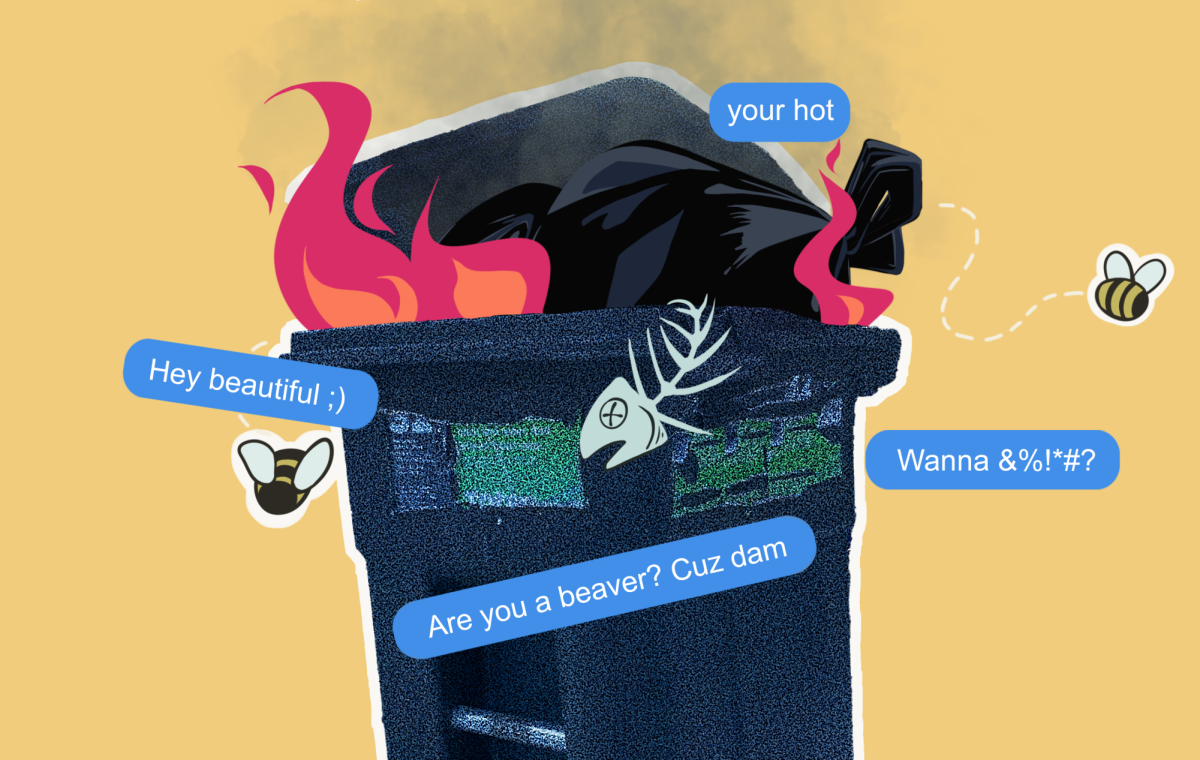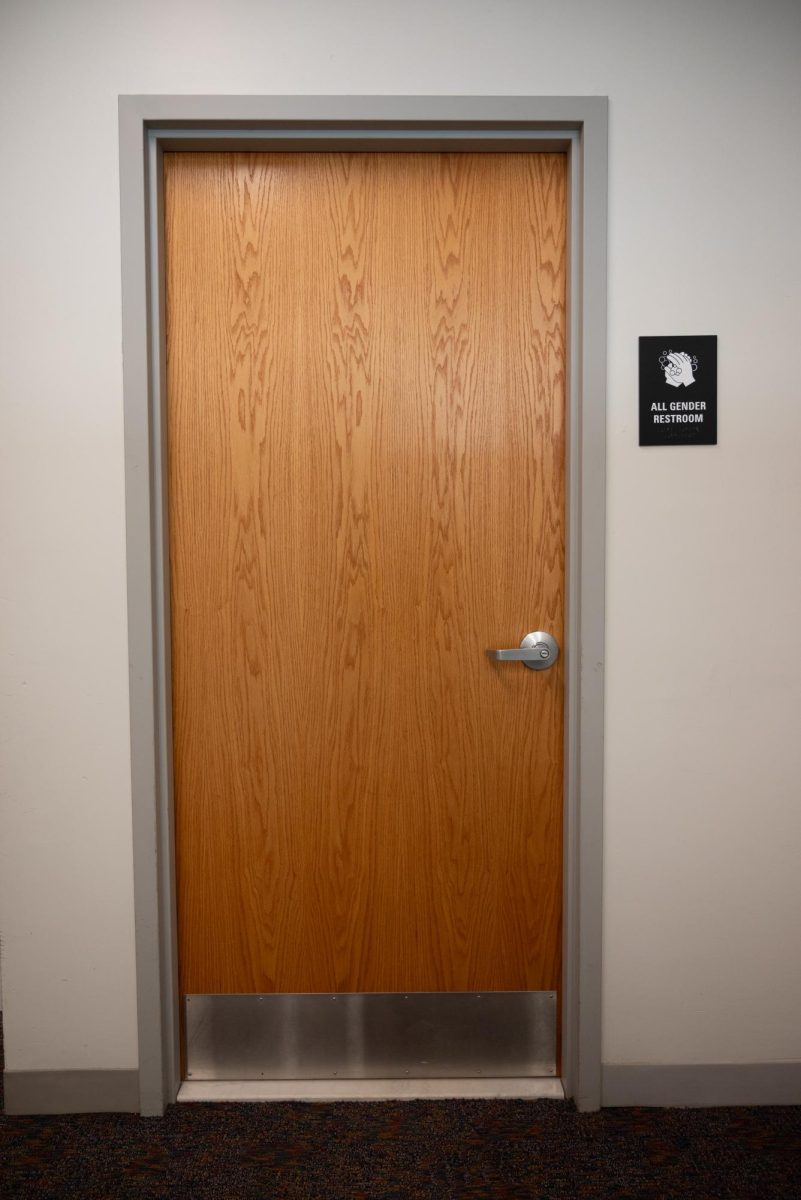Everyone knows the classic plotline. The “worst fraternity” on campus becomes too much for the evil dean to deal with, so the dean enlists a rival frat to kick the house off campus and have its members expelled. Jim Belushi’s classic “Animal House” is the godfather of all college comedies. Now Fenway residents are growing tired of Northeastern’s own “Animal House,” although it’s hardly a frat.
No, “Animal House” is the name local residents have given to the area around Gainsborough and Hemenway streets. Much like Delta House from the neighborhood’s namesake, residents are complaining Northeastern’s “Animal House” is filled with trash, rodents, noise and destruction of property.
Every Northeastern student has had to sit through a presentation and promise not to be a nuisance. It’s no mystery how area residents feel about Northeastern students, and it’s hard to blame them. But these “Animal House” accusations really put the issue in perspective.
At a community meeting to discuss Northeastern’s Institutional Master Plan (IMP) on Tuesday, residents lamented the lawlessness of the area. While some of their complaints – like students hanging out on rooftops – were frivolous, and others – like Fenway’s rodent problem – can hardly be blamed on Northeastern students, some – most notably destruction of property – are cause for concern.
These issues are all to be expected on a college campus, but it’s not fair for residents, many of who have been in the area since Northeastern was a commuter school, long before the days of the “global leader in experiential learning” we all love. As Sarah Horsley of the Fenway Community Development Program wisely put it at Tuesday’s meeting, “students want to go to school in Boston because it’s a city and not just because it’s a campus.” But where does that leave longtime residents?
The university’s integration with the neighborhoods that surround it is one of the things that makes the Northeastern experience unique, but as Horsley pointed out, students and administrators need to help “make sure that the neighborhood can continue to be a neighborhood.”
This problem is one that the university must address in its IMP. There needs to be more room on campus for students who want to live on campus. But Northeastern students also need to take responsibility for the neighborhoods they overrun.
While some people may try to stop college students from drinking, none have succeeded and trying to do so certainly isn’t the point of this column. But even if residents have to deal with drunk and disorderly students, they shouldn’t have to deal with destruction of property. It shouldn’t be too much to ask for a 21-year-old adult to make it home from a bar without keying a stranger’s car.
This behavior is unforgiveable. Not only does it harm innocent people, it degrades the community. Even breaking tree limbs, which may seem like a victimless crime, takes away from the image and environment of the quaint, leafy neighborhood.
Being able to call this neighborhood home is a privilege at which students from other universities would marvel. But Northeastern students should take care of it before an evil dean tries to take their “Animal House” away.









